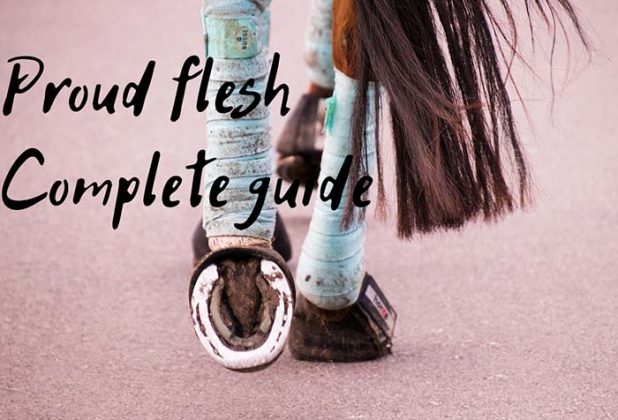
Proud flesh skin#
However, sometimes, granulation tissue can take on a mind of its own and continue to grow, protruding past the skin in excess. This is part of the normal healing process. When a horse gets injured or cut, granulation tissue (pebbly or granular looking tissue) forms to help the wound in the healing process. Prompt attention before the scar tissue becomes too proud is the best way to go.Description Proudsoff Proud Flesh Ointment Sometimes even the best bandaged wounds will grow too much scar tissue. Bandaging goes a long way in preventing proud flesh, but it’s not fool proof. If a horse has a lower leg wound that is too big to be stitched closed, it is imperative to properly bandage the wound as it heals. Preventing proud flesh is obviously easier that dealing with it once it’s present. One thing I’ve learned when dealing with proud flesh: always warn the owners that it will bleed! After removal, a bandage will need to be applied to the leg to stop bleeding and prevent further development of proud flesh. Therefore, depending on how much needs to be removed, you can either do this at the barn with the horse standing or at a clinic with the horse sedated. So, if you surgically remove it, the horse won’t feel it, but will bleed a lot.


Luckily, proud flesh has no nerve fibers. Anything larger, however, needs to be surgically removed. On wounds with a small amount of proud flesh just protruding over the edges, applying a steroid ointment under a bandage wrap can prevent further granulation tissue from growing and encourage skin to cover the wound. Because of this, proud flesh needs to be removed. Therefore, it remains a large mass of unprotected fresh tissue susceptible to infection and further trauma. The primary problem with proud flesh is that new skin cannot grow over it - the final step in wound healing called epithelialization. Proud flesh is pretty much a problem exclusive to the lower limbs of horses and is likely due to a combination of factors, such as excessive movement at the wound site, bacterial contamination of the wound, and the minimal blood supply that is characteristic of a horse’s lower limbs, which are made up of bone, ligament, and tendon, not blood vessel-rich muscle. Sometimes it can almost look like a growth on the leg. Proud flesh is easy to spot - a large mass of pink tissue pouring out of where the wound once was. This is called proud flesh, an odd name but totally fitting for the circumstances - it’s like the tissue is too proud to back down. Occasionally, when a horse gets a leg wound, the healing tissue produces excessive scar (granulation) tissue, which can actually inhibit further healing.

Let’s talk about a common problem in horse wound healing called "proud flesh," also known as exuberant granulation tissue. But, as with many things in veterinary medicine, there are important species differences. Wounds on a dog, cat, horse, cow, and even snake heal in the same manner as human wound healing. It fills in the holes where our normal tissue is missing. And while scar tissue is far from perfect - it is never as strong as the original tissue except in the case of bone, and it is generally far less elastic and can restrict mobility, as some examples - scar tissue is usually a good thing. Everyone knows that when you’re injured your body creates scar tissue.


 0 kommentar(er)
0 kommentar(er)
